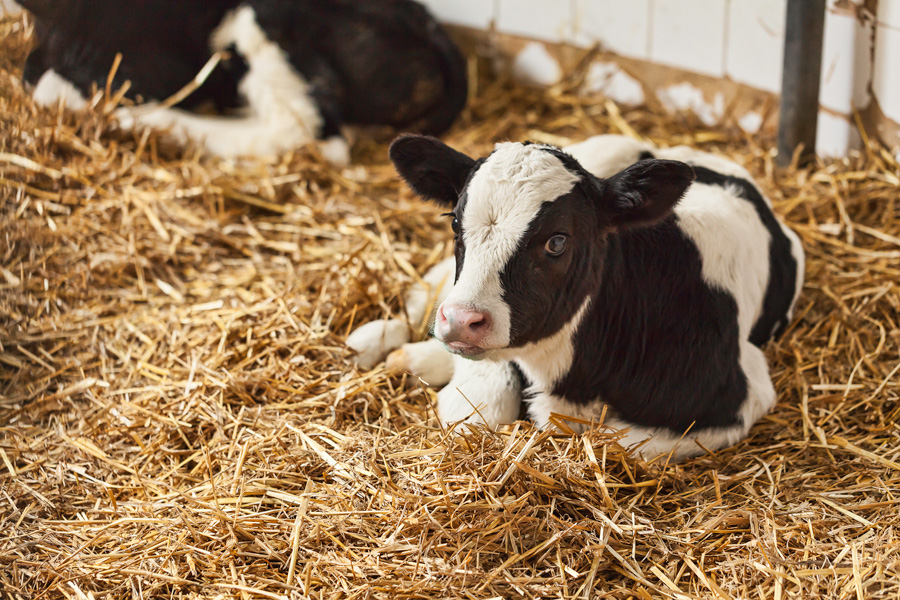The Southeast U.S. is susceptible to hurricanes and tropical storms every year. Hurricane season occurs from June 1 through November 30, and these storms are normally forecast several days in advance. Tornadoes, ice storms, thunderstorms, or straight-line winds—potentially damaging winds produced by thunderstorms—are rarely forecast with enough notice to prepare other than to hopefully warn employees. Storms disrupt operations and have the potential to cause injury to people and livestock and devastate facilities and the landscape. While there is nothing that can be done to prevent the impact of a storm, producers should have an emergency plan that safeguards family, employees, livestock, and equipment. The emergency plan should also address how to safely manage the damage after a storm. Emergency plans should include one-day, three-day, and seven-day or longer responses during which power outages, access to vendors, and normal operations may be very limited. Hurricanes that occurred in 2017 and 2018 caused devastating damage in some areas that took weeks to restore power because of the extensive damage to distribution lines.
This bulletin will provide information producers can use to develop an emergency preparedness plan in advance of a storm and suggestions for their potential responses following a storm. No plan will be 100% effective in all situations, but preparing will hopefully minimize damage and help speed the recovery.








